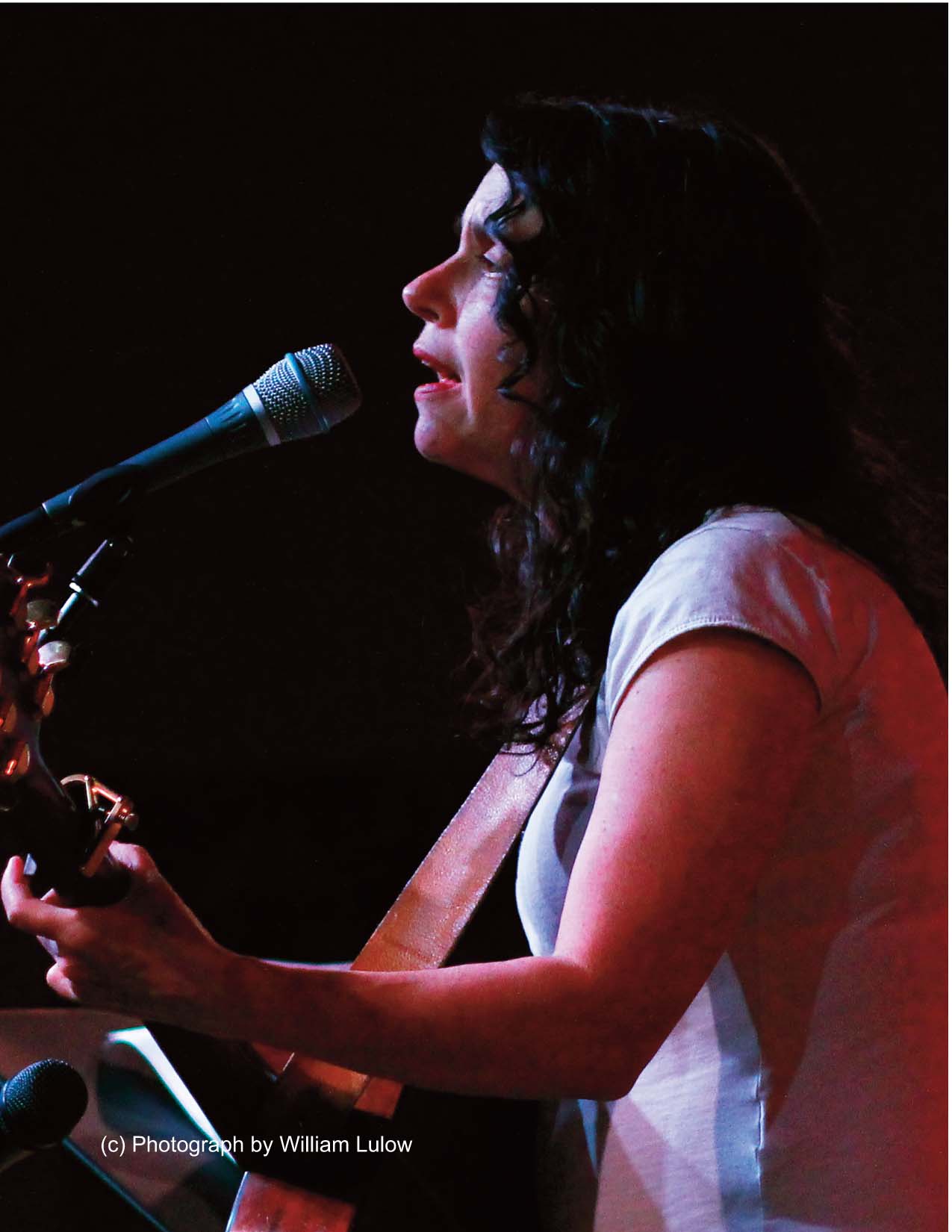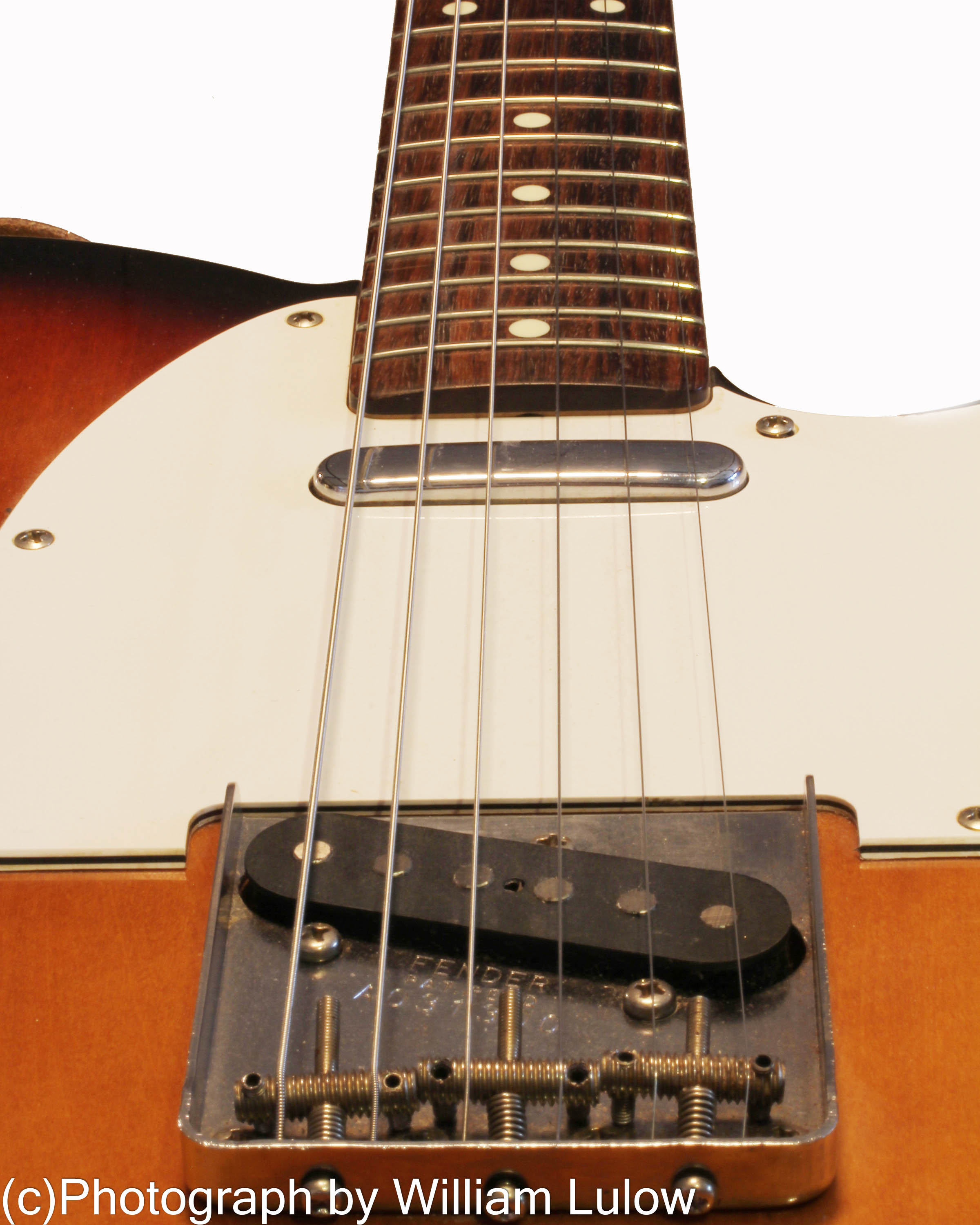
If you are struggling to achieve really sharp images, this article might just help. Lenses are curved pieces of high-quality glass that serve to focus light rays as they enter the camera on a spot behind the lens called the focal plane. The better lenses can focus the light, the sharper the image will be. One of the characteristics of all lenses is that they are made up of a number of elements of glass all spaced in such a way as to make the focusing of light accurate. The further apart these elements are, the more the lens is able to focus on a small part of the scene and magnify it or make it appear larger. The closer together these elements are, the more the lens is able to take in a wider angle of view. If the elements are able to move within the lens (as in a variable focus or zoom lens), the more they will be able to focus on near objects and distant objects both. Movable elements introduce a factor that often makes it difficult for the lens to achieve really sharp results and that factor is that the elements are always moving. Sometimes they can drift out of perfect alignment, causing the image to lose quality. That is not to say that acceptable results can’t be achieved with zoom lenses, but as a rule, they are not as sharp as fixed focus lenses with no movable elements. (And, keep in mind that if you use a normal, "point-and-shoot" digital camera, it will almost always have a built-in zoom lens.) The other factor that determines a lens' sharpness is the quality of the glass used. Obviously, cheaper lenses use cheaper glass. So, again, as a rule, a cheap lens will usually yield images of lesser quality. You can sometimes get an inexpensive lens that happens to be very sharp, but that is the exception, not the rule.
As a lens is used at its largest aperture, more of the edges of the glass are used to focus the light rays. Because of this, the larger the widest aperture, the less the lens will need to be used at that opening to make an acceptable exposure. If the lens can be stopped down one or two f/stops, it will be using more of the center of the lens and less of the edges. This will yield sharper images. In other words, a lens with an aperture of f/1.8 has a larger piece of glass in order to be able to admit a correspondingly larger amount of light. Therefore, this lens, if used at an f/stop of f/2.8 will yield a sharper image than a lens whose largest aperture is f/2.8, because it will be stopped down one or two f/stops, thus using more of the center of the glass. As a lens uses more of its center to focus light rays, its ability to render sharp focus increases up to a certain point. (Within the lens, the shutter blades themselves can cause some refraction of light. So, if a lens is stopped down to its minimum aperture (say f/16 or f/22) some refraction will usually take place that alters the sharpness of the image even though you will get more depth-of-field at smaller apertures. So, you have to make tests to see if there is any fall off of sharpness at those small apertures. In addition, the number of blades that make up the shutter affect the overall sharpness as well. Better lenses have more shutter blades and consequently yield a rounder aperture. This would help a lens' overall sharpness.
A view camera with bellows and separate front (which has the lens) and the back (which has the focal plane), can be adjusted to provide infinite focus at just about any f/stop. Digital cameras, however, do not have this feature. So, the only way to achieve really sharp focus is by using the lens and ISO settings correctly.
The point of all of this is that if a good lens is used a couple of stops from wide open and/or a couple of stops from its minimum aperture, it will probably achieve its maximum sharpness. For photographers intent on producing really sharp images, this means using lenses that are fast enough (have a wide enough maximum aperture) for their purpose and having enough light in the scene so that they can be used somewhere in the middle of their aperture range. If you are shooting in mostly low light situations where you have to shoot wide open, you probably won’t be able to achieve really sharp images. One way around this is to increase the camera’s ISO settings to allow for shooting one or two stops down from wide open. If you can control the amount of ISO increase to one or two stops, you will probably achieve acceptable sharpness. Using really large ISO numbers usually introduces an element of "noise" or "grain" to the image. So, you want to stay away from ISO numbers that are much higher than around 2500.
I use this principle when I shoot concert photographs where there is little or no stage light.

This image of singer/songwriter Lucy Kaplansky was made with an 85mm f/1.8 lens at 1/125th of a second at f/5.6 using an ISO setting of 2000. This f/stop setting was more in the middle of the lens' aperture range and because of the high ISO setting, I didn't have to use the lens wide open. I had enough speed to stop the action and the image has enough sharpness to make a large print.
And, here is an image made with a studio strobe unit which put out enough light to allow and ISO setting of 100 and an aperture of f/22:

Note that focus is carried almost from the very front of the guitar to the very rear. This was shot with a Canon 60mm Macro lens. The camera was mounted on a tripod for extra stability.
Now, with all this being said, there are other factors that could cause soft images. They are:
-Unsteady camera - Use a tripod or a monopod.
-Slow shutter speed - Make sure your shutter speed is fast enough for you to hand-hold the camera. You can increase your ISO a bit to yield a higher shutter speed.
-Improper autofocus settings. - AI Servo is probably the best.
-Check your autofocus points as well. Probably best to use one point in the center so that your AF doesn't get fooled that often.
-Use your camera on Manual rather than P or A.
As I have said, it's important to know that if you use a point-and-shoot camera, they almost always come equipped with a zoom lens. The better ones will have a fast zoom lens that carries its largest aperture through all of the focal lengths. So, that's something to look for if you like these kinds of cameras. Otherwise, you may end up with unsatisfying results as to sharpness. The old adage of "you get what you pay for" definitely works here.
All of the above techniques should ensure fairly sharp images overall. In order to really check for sharpness I recommend making 8x10 inch prints. We are so used to seeing images on one kind of screen or another that we are sometimes fooled into thinking that an image is sharp when it is only marginally so. If you make a print, you will know immediately whether it is sharp or not.









